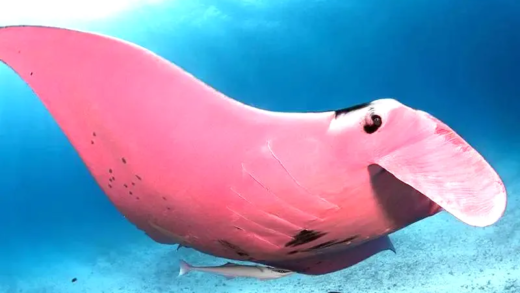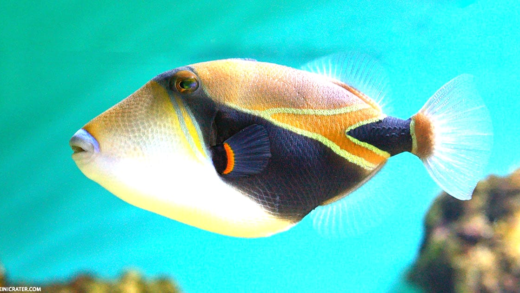Zonkeys, a hybrid of donkeys and zebras, are typically sterile, preventing reproduction. They have unique traits, including varied appearances and charming personalities that captivate people. While reactions to zonkeys are often filled with curiosity and joy, conservation efforts focus on protecting their parent species, indirectly aiding zonkeys’ survival.
What is a Zonkey?
A zonkey is a unique hybrid animal created from a cross between a donkey and a zebra. This fascinating creature inherits traits from both parents, making it a distinctive addition to the animal kingdom. Zonkeys are not just a novelty; they represent the complexities of hybridization in the animal world.
How Do Zonkeys Form?
Zonkeys form through a process called hybridization, where a male zebra mates with a female donkey, or vice versa. The combination of their genetic material results in a zonkey, typically exhibiting the striped patterns of a zebra along with the sturdiness of a donkey. Hybridization occurs naturally, but it can also be facilitated in captivity where these two species coexist.
Zonkey Physical Characteristics
Zonkeys possess a mix of physical traits that make them stand out. Here are some key characteristics:
- Stripes: Many zonkeys display faint zebra-like stripes, particularly on their legs and back.
- Size: They generally have the body shape of a donkey, making them larger than zebras.
- Color: Their coats can vary, often showing a mix of gray, brown, and white patches.
- Build: Zonkeys inherit the sturdy build of donkeys, which helps them adapt to various environments.
These unique features not only make zonkeys visually interesting but also reflect their dual heritage.
Zonkey Behavior Compared to Parents
Zonkeys exhibit unique behaviors that differ from their donkey and zebra parents. While donkeys are known for their calm and stubborn nature, and zebras are more social and skittish, zonkeys combine traits from both sides. They often display a blend of curiosity and caution. Zonkeys may be more adaptable to various environments, thanks to their donkey lineage, but they also tend to have the alertness characteristic of zebras. This duality can lead to fascinating interactions, especially in social settings.
Zonkeys in the Wild
Zonkeys are incredibly rare in the wild. They are not typically found in their natural habitats because donkeys and zebras do not often coexist outside of captivity. This rarity makes them a subject of interest among wildlife enthusiasts and conservationists. When zonkeys do appear, they often struggle to survive due to the lack of natural predators, which can lead to issues in finding mates. Their unique genetic makeup complicates their ability to thrive in the wild, making them more of a curiosity than a common sight.
Differences Between Donkeys and Zebras
Understanding the differences between donkeys and zebras is essential to grasp the uniqueness of zonkeys. Here are some key distinctions:
- Physical Appearance: Zebras are known for their distinct black and white stripes, while donkeys typically have solid coats in various colors.
- Behavior: Donkeys are generally more reserved, whereas zebras are social animals that live in herds.
- Sound: Donkeys bray, producing a deep sound, while zebras make high-pitched barks.
- Domestication: Donkeys have been domesticated for thousands of years, while zebras remain wild and untamed.
These differences not only highlight the characteristics of each species but also contribute to the fascinating nature of zonkeys.
Can Zonkeys Reproduce?
Zonkeys are generally sterile, which means they cannot reproduce. This is a common trait among many hybrid animals, as the mixing of genetic material from two different species often leads to reproductive challenges. The primary reason for this sterility is the difference in chromosome numbers between donkeys and zebras. Donkeys have 62 chromosomes, while zebras have between 32 and 46, depending on the species. When a zonkey is formed, it typically ends up with an intermediate number of chromosomes, which makes it difficult for them to produce viable gametes. This reproductive limitation means that zonkeys cannot contribute to the next generation, making their existence even more precarious in the wild.
Interesting Facts About Zonkeys
Zonkeys are not just fascinating because of their unique lineage; they also have some interesting characteristics:
- Unique Appearance: No two zonkeys look exactly alike. Their stripes can vary widely, and their coat colors often reflect a blend of their parents’ hues.
- Personality: Zonkeys often display a quirky blend of traits from both donkeys and zebras. They can be stubborn like donkeys but also show the social behaviors typical of zebras.
- Captive Breeding: While they are rare in the wild, zonkeys can sometimes be found in zoos and wildlife parks, where they are bred for educational purposes.
- Fascination with Humans: People are often captivated by zonkeys due to their unusual look and charming behavior, leading to a growing interest in hybrid animals.
These fascinating facts contribute to the allure surrounding zonkeys and highlight their unique status in the animal kingdom.
People’s Reactions to Zonkeys
When people encounter a zonkey, reactions are often filled with wonder and curiosity. The unusual appearance of these hybrids tends to draw attention and elicit smiles. Many individuals are intrigued by the concept of a zonkey, often asking questions about how they are formed and what makes them different from their parent species. Their striking look, with zebra-like stripes and donkey-like stature, can lead to playful comparisons and jokes. Children, in particular, are enchanted by zonkeys, often seeing them as a real-life version of mythical creatures. Overall, the presence of a zonkey tends to create a joyful atmosphere, sparking conversations about hybrid animals and their role in biodiversity.
Zonkey Conservation Efforts
Due to their rarity and the challenges they face in the wild, conservation efforts for zonkeys are limited but important. While there are no specific conservation programs exclusively for zonkeys, their existence raises awareness about the importance of preserving both donkeys and zebras in their natural habitats. Efforts to protect zebra populations indirectly benefit zonkeys, as preserving their natural environments ensures that the conditions for hybridization can occur. Additionally, zoos and wildlife parks that house zonkeys often participate in educational programs to inform the public about hybrid animals and the importance of biodiversity. By promoting awareness and understanding, these institutions help foster a greater appreciation for all unique hybrids, including zonkeys.





Comments are closed.